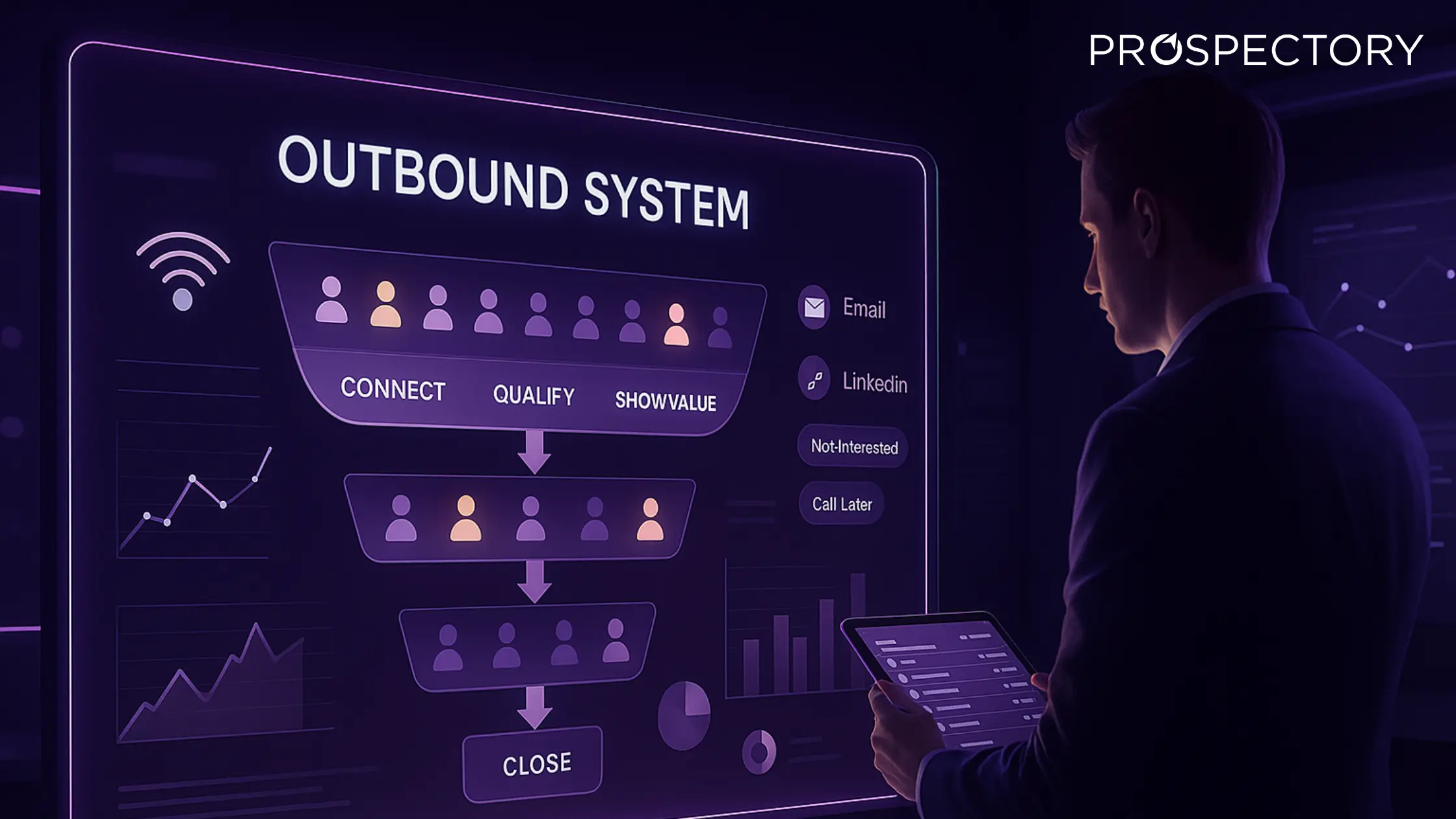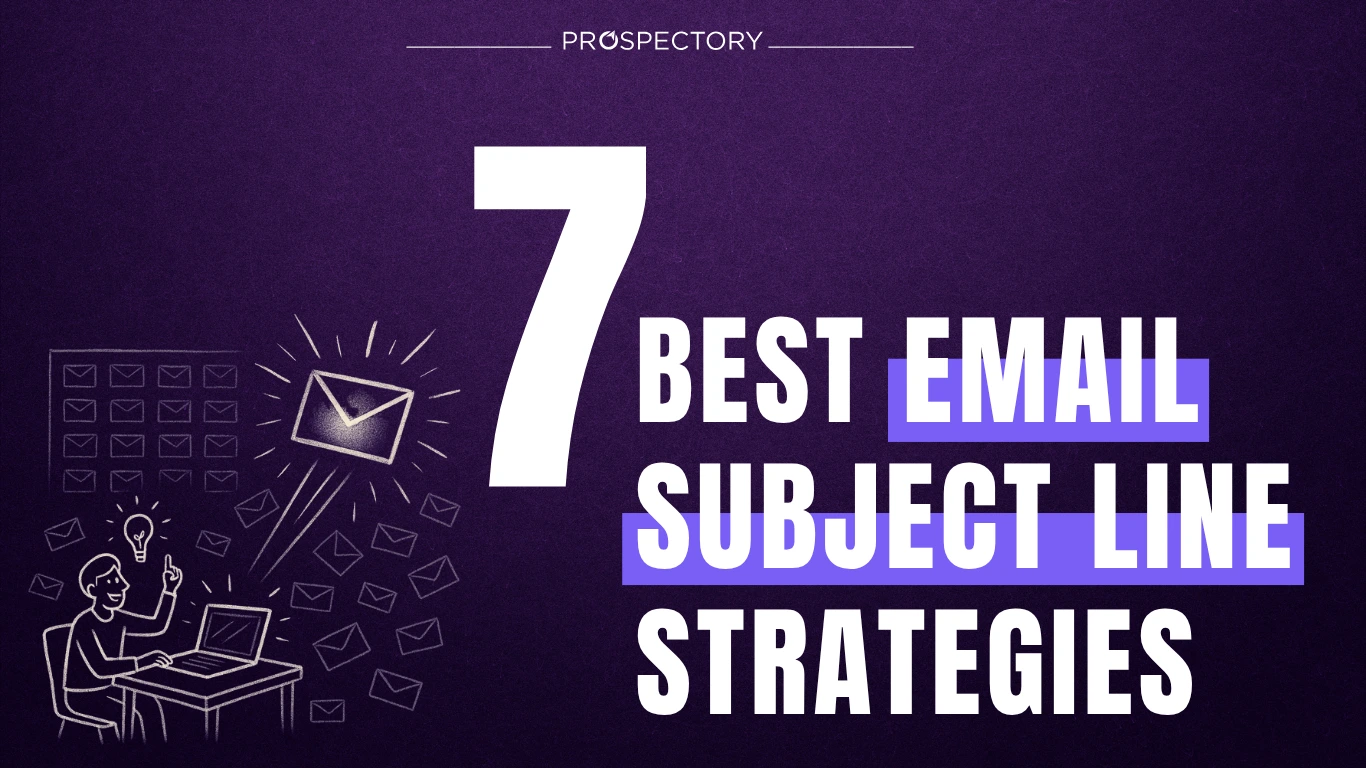Effective B2B Sales Techniques and Best Practices
.webp)
B2B sales are about creating connections and solving problems, not quick transactions. For sales leaders in high-tech industries, success comes from refining strategies, using the right tools, and understanding what matters to your prospects.
Understanding the B2B Sales Process
The B2B sales process is built on clear steps. Knowing these stages helps your team stay focused and productive:
- Lead Generation: Find potential customers through methods like LinkedIn, email outreach, and industry networking. Focus on those who match your Ideal Customer Profile (ICP).
- Qualification: Make sure your leads are worth pursuing. This means checking if they have the right budget, authority, and needs.
- Proposal: Offer specific solutions that solve your prospect’s problems and clearly explain the value you bring.
- Negotiation: Be ready to address questions and adjust terms where necessary while keeping your end goals in sight.
- Closing: Finalize the deal quickly and smoothly. Use tools that remove delays, like automated scheduling for signing contracts.
- Post-Sales Support: Stay connected after the sale. Offer help when needed and ensure the client gets the outcomes they expected.
Breaking down the process into clear steps helps sales teams focus on delivering value at every stage.
Building a Sales Strategy That Works
A good sales strategy starts with a deep understanding of your market and a clear plan to reach your goals. Here are three ways to create a focused, effective strategy:
- Define Your Target Market: Build detailed profiles of your ideal customers. This helps your team avoid wasting time on low-potential leads. For example, when targeting SaaS companies, consider factors like their size, revenue, and growth plans.
- Explain Your Value Clearly: Focus on what matters most to your audience. Instead of saying, “We improve efficiency,” say, “We reduce time spent on prospecting by 75%, so your team can focus on closing deals.”
- Use Data to Guide Your Efforts: Look at what’s working and what isn’t. Which channels get the most responses? Are certain industries converting more often? Use this information to refine your approach.
Best Practices for B2B Sales
The most effective sales teams follow a few key practices that keep them ahead:
- Make It Personal: Customize your approach to the individual prospect. Reference specific challenges they’ve shared or trends in their industry. This shows that you’re paying attention and truly understand their needs.
Example: If a prospect just announced a new product launch, highlight how your solution could support their efforts during a busy time. - Use Multiple Channels: Don’t stick to one way of reaching out. Combine emails, phone calls, LinkedIn messages, and even SMS to connect with prospects on their terms.
- Focus on Their Needs: Don’t just pitch your product. Instead, ask questions to understand their problems and explain how you can help solve them.
- Keep Your Team Sharp: Hold regular training sessions to share new ideas, tools, and techniques. A well-informed team is more adaptable and confident.
How Technology Supports Better Sales
The right tools make it easier for your sales team to stay organized and focus on what matters. Here’s what to prioritize:
- CRM Systems: Use a central system to keep track of leads, conversations, and follow-ups. This makes sure no one gets overlooked.
- Automation Tools: Automate repetitive tasks like email follow-ups or lead scoring. This saves time and keeps workflows moving.
- Tools That Prioritize Leads: Use platforms that analyze data and identify the best opportunities. This ensures your team focuses their time on leads most likely to convert.
Picking the Best Sales Channels
Knowing where and how to reach your prospects is as important as what you say. Here’s how to choose:
- Focus on Where Prospects Are Active: If your audience spends time on LinkedIn, prioritize outreach there. For others, email or phone might be more effective.
- Match the Method to the Product: Complex products often need personal demos, while simpler tools might perform better in self-service models.
- Track Costs and Results: Make sure your chosen channels deliver results that match the effort and expense you’re putting in.
B2B sales thrive when you focus on the details. Understanding your audience, refining your strategy, and using the right tools can make all the difference. By personalizing your approach and staying consistent, you’ll build stronger relationships and close more deals.

Related Blogs
.webp)










